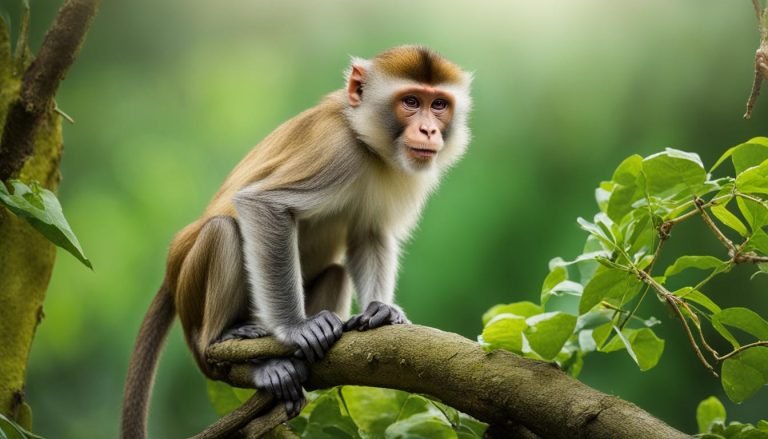15 Facts About Snakes You Didn’t Know
1. Diverse Species
Snakes are a highly diverse group of reptiles, with over 3,000 known species worldwide. They vary greatly in size, color, behavior, and habitat preferences, ranging from the tiny thread snake, which is less than four inches long, to the reticulated python, one of the largest snake species that can exceed 20 feet in length.
2. Limbless Locomotion
One of the distinctive features of snakes is their limbless body structure. While remnants of hind limbs are present in some snake species, the majority lack limbs altogether. Instead, they have evolved a unique form of locomotion, utilizing the scales on their ventral side to grip surfaces and propel themselves forward in a rhythmic, undulating motion.
3. Carnivorous Diet
Snakes are carnivores, with a diet primarily consisting of rodents, birds, amphibians, and other small animals. Venomous snakes inject venom to immobilize and digest their prey, while non-venomous snakes use constriction to subdue and swallow their meals whole.
4. Heat-Sensing Pits
Many snakes possess specialized organs known as heat-sensing pits, located between the eye and the nostril on each side of the head. These pits allow them to detect infrared radiation, helping in locating warm-blooded prey even in complete darkness.
5. Venomous and Non-Venomous
While some snakes are venomous and use their venom for hunting or defense, the majority of snake species are non-venomous. Venomous snakes have evolved complex venom delivery systems, including fangs and specialized glands, to inject toxins into their prey.
6. Unique Reproductive Strategies
Snakes exhibit a variety of reproductive strategies. Some lay eggs (oviparous), while others give birth to live young (viviparous). Certain snake species even combine both strategies, with the eggs hatching internally before the live young are born.
7. Shedding Skin
Snakes undergo a process called ecdysis, where they shed their skin periodically as they grow. This shedding helps remove parasites and old, worn-out skin, revealing a shiny, new layer underneath. The frequency of shedding varies among species and is influenced by factors like age and growth rate.
8. Heterodont Dentition
Snakes possess a unique dental structure called heterodont dentition, meaning they have different types of teeth for specific functions. Some teeth are specialized for capturing and holding prey, while others are used for manipulating and swallowing food.
9. Excellent Swimmers
Contrary to common beliefs, many snake species are proficient swimmers. Some, like the sea snake, are exclusively aquatic, while others, such as the common water snake, can traverse bodies of water with ease. Their streamlined bodies and ability to hold their breath make them well-adapted to aquatic environments.
10. Long Lifespan
The lifespan of snakes varies among species. Smaller species may live only a few years, while larger species, like the ball python, can exceed 20 years in captivity. Factors such as diet, environmental conditions, and predation risks influence their longevity in the wild.
11. Defensive Mechanisms
Snakes have evolved various defensive mechanisms to deter predators. Venomous species use their potent toxins, while non-venomous snakes may employ mimicry, camouflage, or bluffing behaviors, such as hissing and inflating their bodies, to discourage potential threats.
12. Infrared Vision
Some snake species possess infrared vision, allowing them to detect temperature differences in their surroundings. This ability aids in locating prey, identifying predators, and navigating their environment effectively, especially in low-light conditions.
13. Ecological Roles
Snakes play crucial ecological roles as both predators and prey. They help control rodent populations, contribute to nutrient cycling as scavengers, and serve as a vital link in food webs. The presence of snakes is indicative of a healthy ecosystem.
14. Cultural Symbolism
Throughout history, snakes have held symbolic significance in various cultures. Often representing both danger and renewal, snakes feature prominently in myths, religious beliefs, and folklore around the world. The shedding of skin is frequently associated with transformation and rebirth.
15. Conservation Concerns
Snakes face numerous threats, including habitat destruction, persecution due to fear or superstition, and the illegal pet trade. Conservation efforts are crucial to protect diverse snake species and maintain their ecological roles in ecosystems worldwide.
Snake Quiz
How well do you know snakes? Test your knowledge below!








